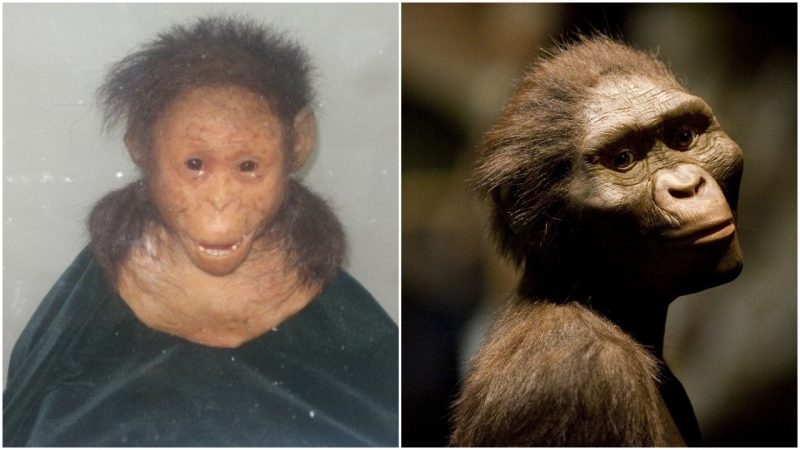In 2000, a team of scientists, led by Ethiopian paleoanthropologist Zeresenay Alemseged, discovered the skull and bones of a toddler ape-girl from 3.3 million years ago. The fossil was named Selam, meaning “peace” in Ethiopian.
Selam belongs to the same species as Lucy, Australopithecus afarensis, and was unearthed just a few miles from the location where the famous female adult was discovered in 1974.
Since it is the second complete skeleton from that species, Selam is quite often called Lucy’s baby even though she lived some 120,000 years before Lucy.
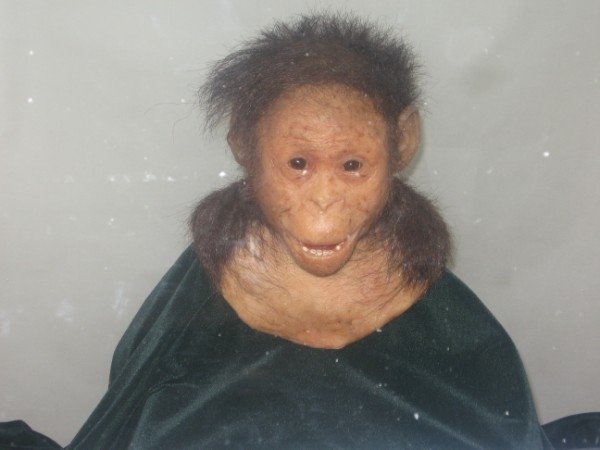
The fossilized remains were found in Dikika, Ethiopia, in the north of the Great Rift Valley of Africa, a region famously known as the Cradle of Civilization since it was once the home of some of our distant relatives and also some now-extinct species of animals such as types of elephants and hippos.
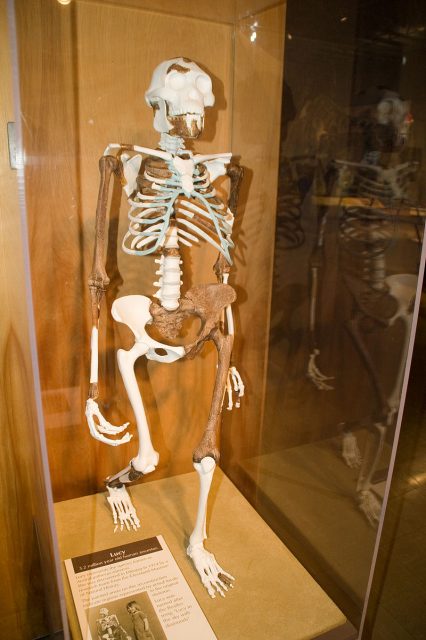
During the exploration, a fossilized piece of a cheekbone was spotted in a chunk of sandstone, and Alemseged immediately felt that there was more to it. Soon, the team of scientists found an intact skull and a nearly full set of teeth. It took a couple of years to recover all the fossil remnants that were embedded in the hard sandstone.
“This is something you find once in a lifetime” were the words of Alemseged.
WORLD’S OLDEST WILD BIRD HATCHES CHICK
Selam is of great scientific importance because her remains reveals numerous insights into our early human relatives. According to Alemseged, the most exciting and important find is the spine, which was adapted for walking upright — something completely unexpected from such an early hominin.
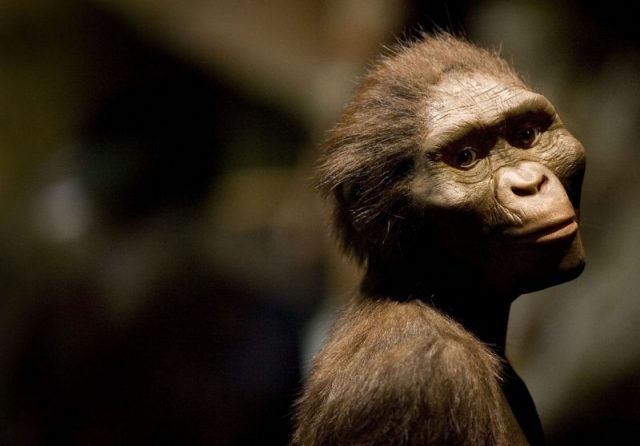
The lower part of the skeleton is also perfectly adapted for walking upright and the pointy canines that distinguish apes from early humans are missing from the teeth. Only the upper body of the fossil reveals more primitive similarities with the apes such as the gorilla-like shoulder blades and the curved chimpanzee-like fingers which served for clinging and climbing trees.
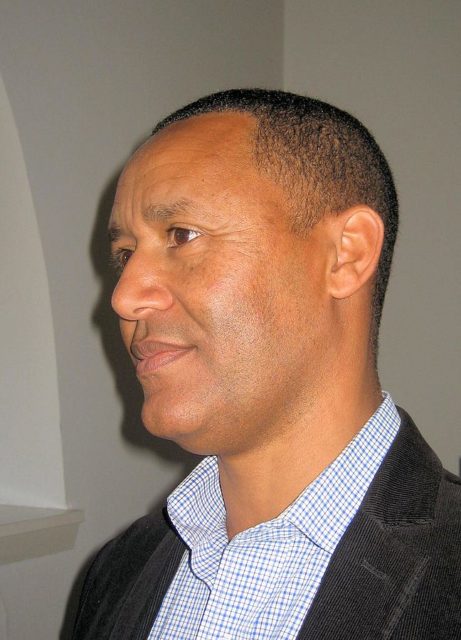
In 2006, six years after the discovery of Selam’s fossil, the findings were presented in the journal Nature. The discovery set off a debate whether the species walked upright: Some of the scientists believed that the upper body wouldn’t have been so ape-like if they didn’t move in the trees while others argued that it was an evolutionary inheritance not yet lost at the time.
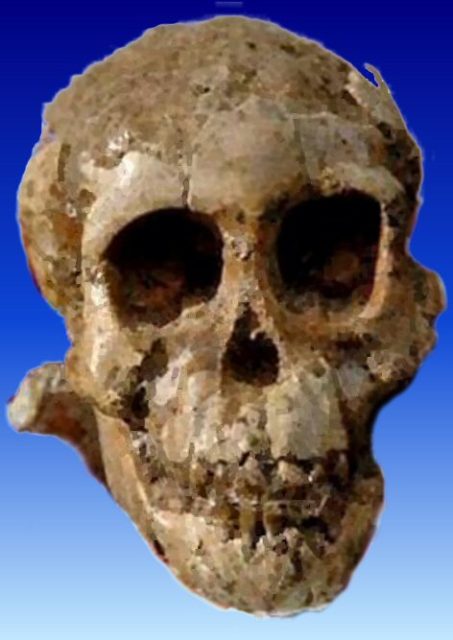
National Geographic describe the remarkable fossil find as “Found in sandstone in the Dikika area, the remains include a remarkably well-preserved skull, milk teeth, tiny fingers, a torso, a foot, and a kneecap no bigger than a dried pea.”
The specific reasons that caused Selam’s death couldn’t be determined, but there are indications that the child died suddenly, perhaps in a flood. According to Zeresenay, the child was buried “just after it died,” and as he continued: “That’s why we found an almost complete skeleton, so maybe [drowning] could be the cause of its demise.”
